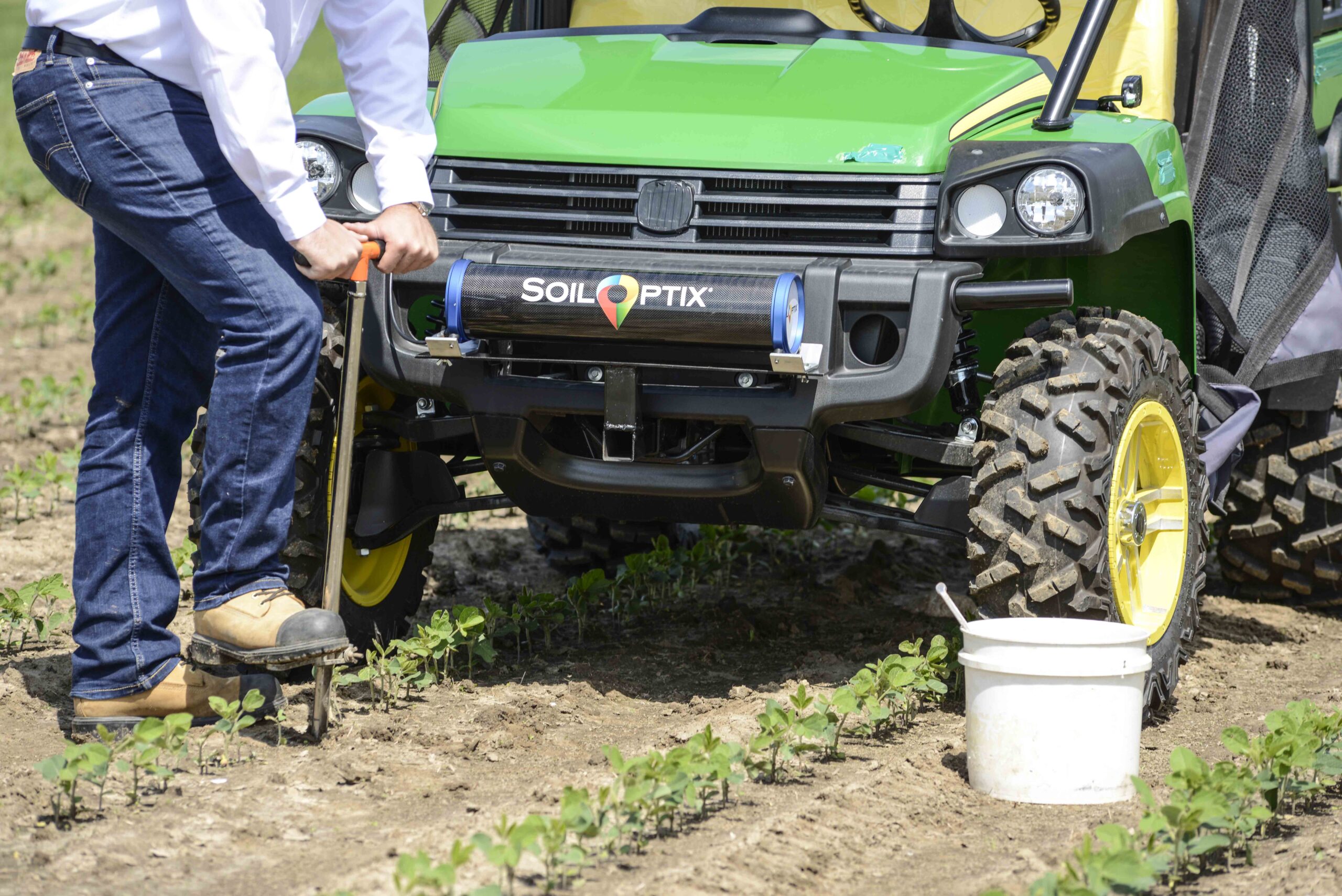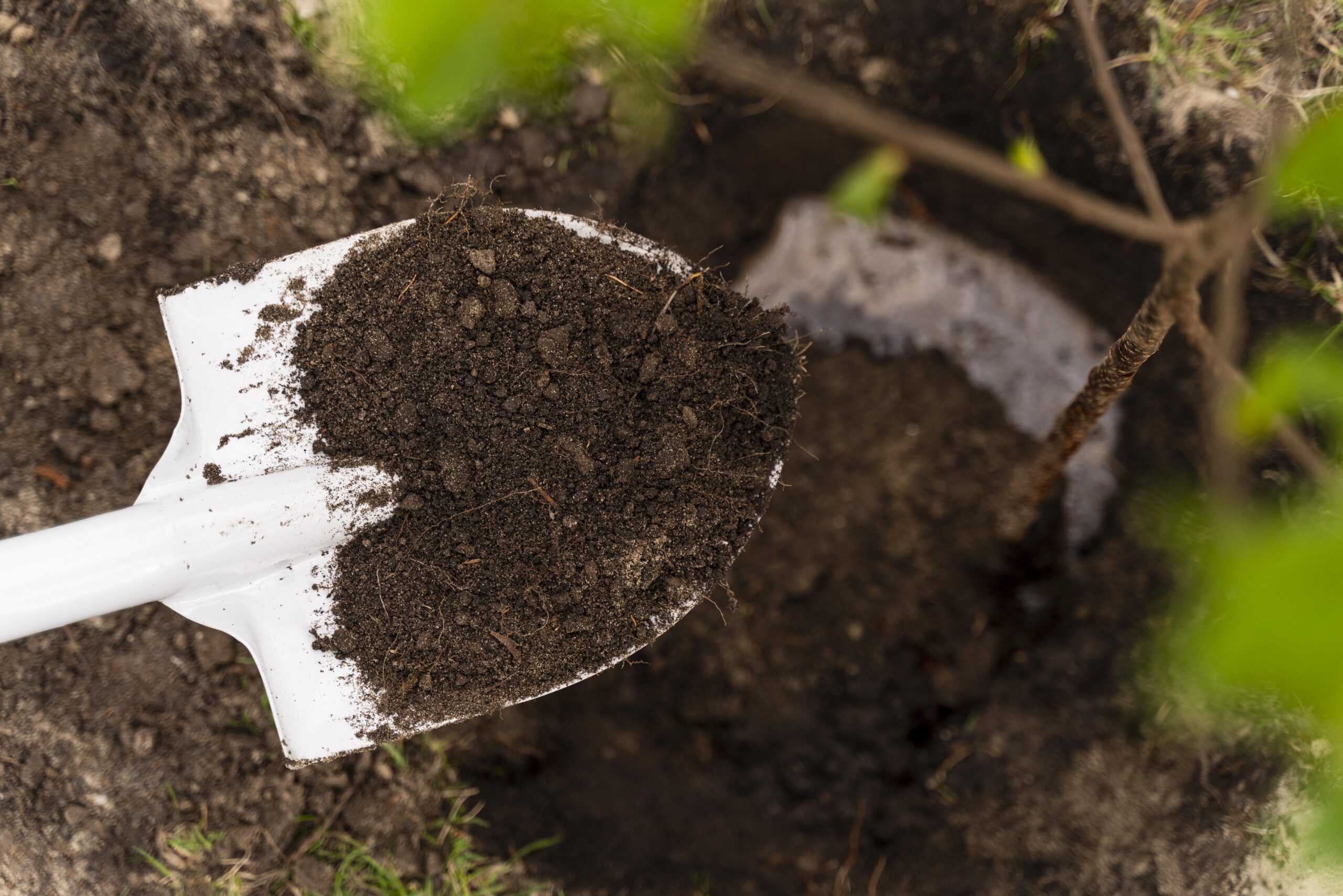With SoilOptix® soil mapping technology and software, growers can discover pockets of opportunity in their fields.

Soil testing is more necessary than ever because of the changes in crop and fertilizer prices. Over the past two years, soil sampling and analysis costs have increased immensely, while fertilizer prices have risen so many times. To get the most precise fertilizer recommendations and provide a heightened level of efficiency, you'll require the following:

The soil in our farmlands is the heart of the growing machine! Soil testing gives you a diagnosis of the health of the ground and indicates any problem areas across the field.
Soil testing takes the guesswork out of amending your soil. A soil test shows you precisely what your soil is missing and the correct amount of fertilizer or organic matter to add to gain the proper nutrient balance.
Quality and balance in soil are crucial factors for achieving higher yields every time. Therefore, it’s typical for farmers to collect soil samples frequently to detect any changes that could impact crop yield. It's recommended to perform soil analysis every 3-4 years, or after a cropping cycle. However, it is ideal for practicing soil analysis as frequently as possible, significantly when growing annual crops. The more progressive growers will test every year to be able to measure and track the changes in variability in their fields to better manage their inputs.
The best time of year to soil test varies depending on the crop, but typically is recommended before planting or after harvest. Soil testing before planting is ideal because soil characteristics can vary to some degree due to multiple factors, such as rainfall. The closer the test is to sowing, the more likely it will reflect the soil at sowing. Soil testing after harvest is a popular practice as well, as that allows for more time to get the test results back, and make management decisions based on those results before planting. Making sure to factor in the time for the soil test results to be returned is important as they can influence fertilizer and other input decisions at the beginning of the growing season. What are you waiting for?

There are two forms of Carbon in soil – organic and inorganic. The organic portion of soil carbon evolves from living organisms, being decomposed by microbes and their nutrients are then stored in the soil. Soil organic carbon (SOC) is also used to estimate soil health and fertility, and it is the carbon component of soil organic importance (SOM). Soil organic carbon is the most abundantly found form of soil carbon. However, it is less stable and readily oxidized, and inorganic Carbon is a mineralized form, primarily seen as carbonates in the soil. It is also not a food source for microbes.
Carbon is the backbone of soil organic matter and the primary food source of soil microorganisms. Therefore, keep a check to help assess your soil’s health and understand nutrient cycling. With careful management, preserving and depositing soil organic matter can improve soil productivity, resulting in greater farm profitability.
With SoilOptix’s Soil Health Suite, the in-depth analysis gives you the ability to measure & understand soil organic carbon stock produced and sequestered across your fields. By providing growers with a benchmark quantification of your organic and active carbon stock, you can utilize this information set to enhance your management practices, identify crop rotation and variety, & meet your sustainability goals. Visit our Soil Organic Carbon Soil Organic Carbon webpage for more information.


Soil fertility refers to soil’s potential to create favourable chemical,
physical, and biological conditions and provide all the essential nutrients
to support plant growth. Soil fertility is critical for the development of
plants and influences their yield. Fertile fields are a great asset to farmers.
But improper agricultural management can lead to land depletion.
Remembering the importance of fertilizers and environmentally friendly
cultivation methods in increasing field fertility is critical.
High yields can be obtained from poor fields with appropriate soil fertility
management practices. Hence, growers who understand how to preserve soil fertility
can maximize and maintain farmland productivity over time.
Growing plants in the appropriate spot, with the correct soil pH, water,
light and soil preparation, can make a world of difference to the amount of
supplementary feeding plants require.
Therefore, this should always be the first thing to consider.




Here at SoilOptix®, we produce the most detailed, high definition soil
mapping sensors that can accurately map over 25 different layers including
macro & micro nutrients, pH, organic matter, texture, and plant available water.
With a resolution of 335 data points per acre, and data that is easily implemented
into variable rate applications, SoilOptix® gives growers and ag retailers a deeper
understanding of the variability in nutrients and textural-based properties in their field’s soil.
Armed with this high-density data set, you’ll have all the information you need to make the most informed decisions for your farming operation. To learn more about utilizing SoilOptix® for your operation, contact us now!
We are a team of enthusiastic soil scientists, data processors, and support staff, determined to help you ensure your agricultural and farm lands enjoy the best soil health! At SoilOptix®, we provide growers with soil analysis results that allow them to make the most informed on-farm decisions. We offer over 25 data layers based on the soil sample lab results, including macro and micronutrients, base saturations, textures, and complex models like bulk density.
Furthermore, we are constantly researching and testing new layers to offer. From soil mapping to soil carbon sequestration to our Soil Health Suite, you can find everything you need for an in-depth analysis of your topsoil layer.
Notifications